ARGONNE - The Crown Prince's Bunker
Year of visit: 2005
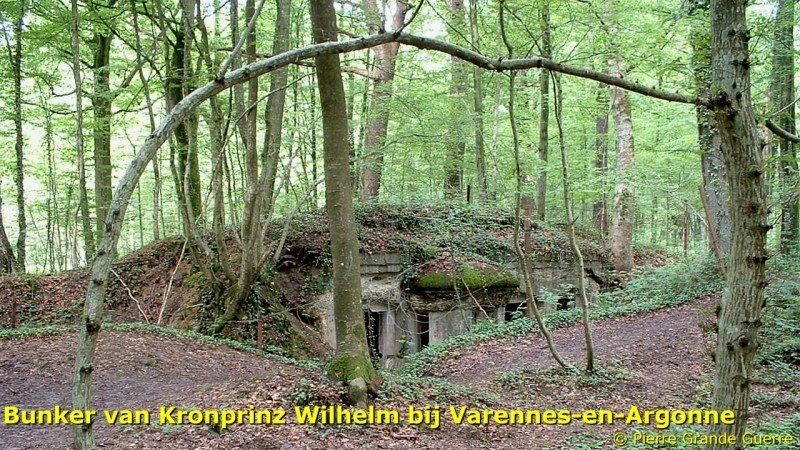
In a large forest on a northern slope of Hill 285 near Varennes-en-Argonne we visit "l 'Abri du Kronprinz", the Crown Prince's Bunker, one of the foxholes of the German Crown Prince Wilhelm von Preußen (1882–1951).

When we entered the dense forest of the Haute Chévauchée, we saw traces of a large scale network of trenches, connected with some officers bunkers.

This site has been used as a German General Headquarters during battles in the Argonne.
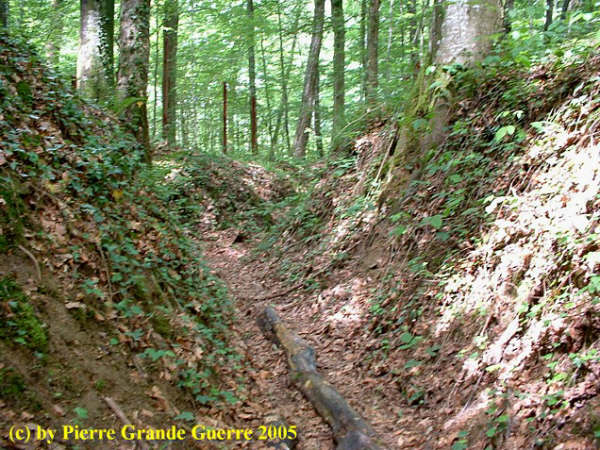
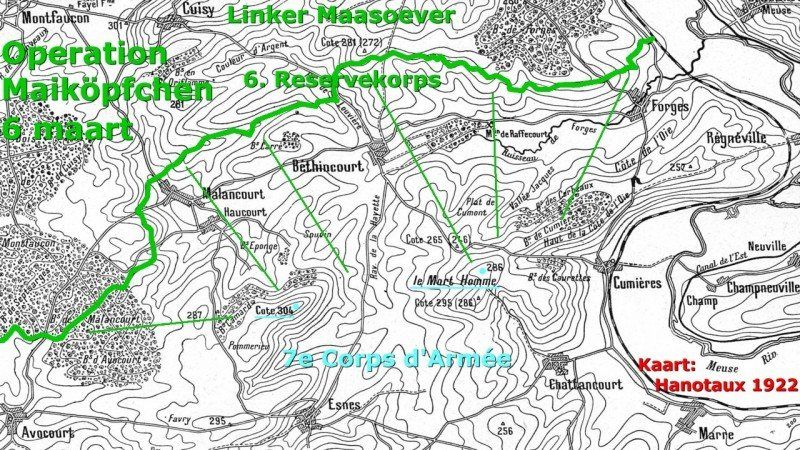
Le Mort Homme for instance is only 18 km. away from this site.


These bunkers were clearly built for officers, as one can see in the interior from the remains of a comfortable chimney.
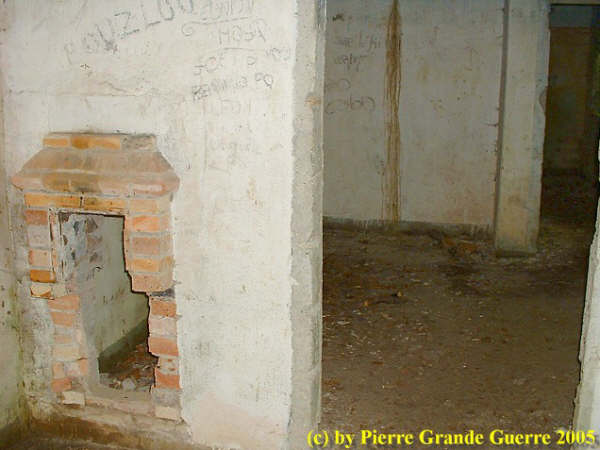
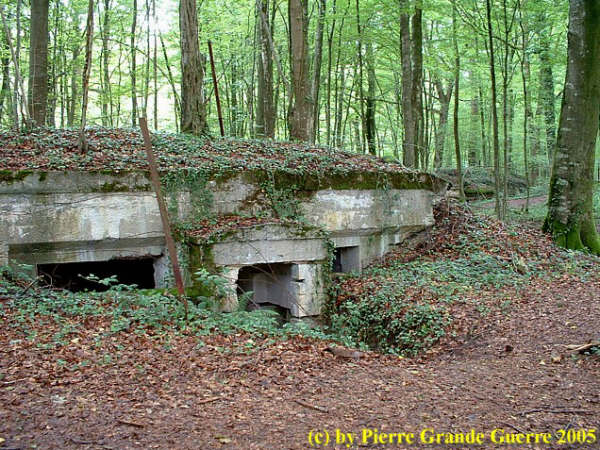
The bunkers are constructed around the bunker of Crown Prince Wilhelm, hidden right in the background of the image.
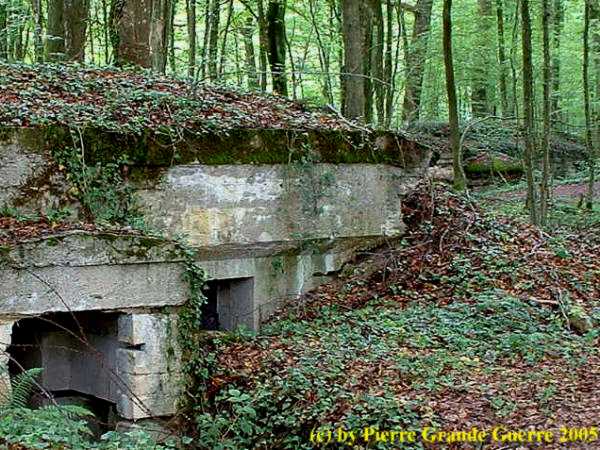
We arrive at the Crown Prince's bunker.

Exile in the Netherlands
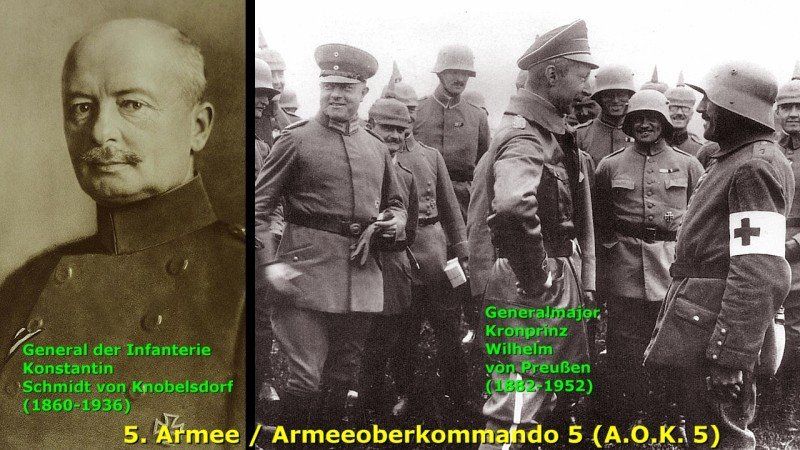
In 1918 the former commander-in-chief of the German 5th Army in the Verdun front sector, the Crown Prince, would survive the war without any difficulties. In 1918 "The Butcher of Verdun" quite comfortably went into exile on the Dutch island of Wieringen.
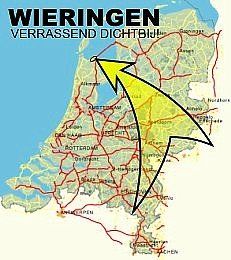
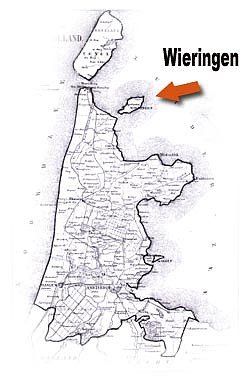

The Prince was escorted to Wieringen by boat under surveillance of only one police officer.
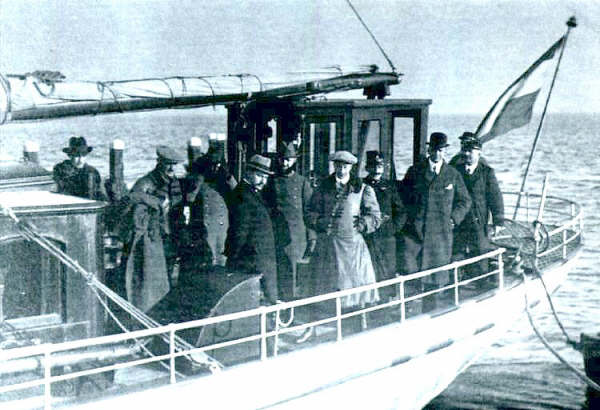
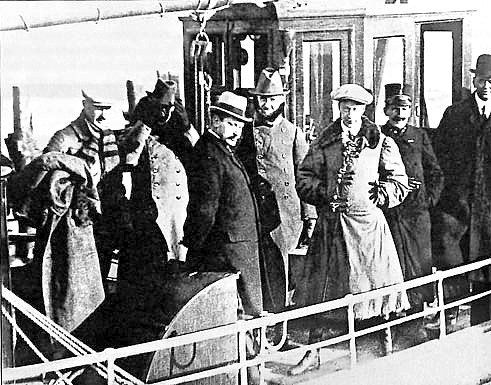
He was invited for tea with the Mayor of Wieringen.
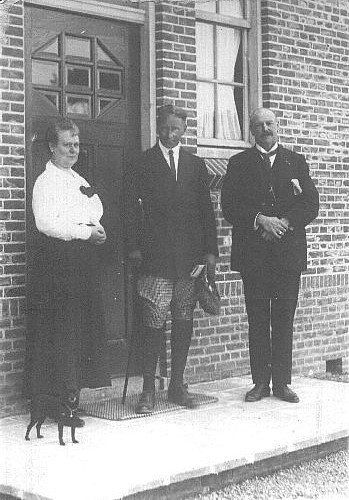
The former Crown Prince went for a walk like a tourist.
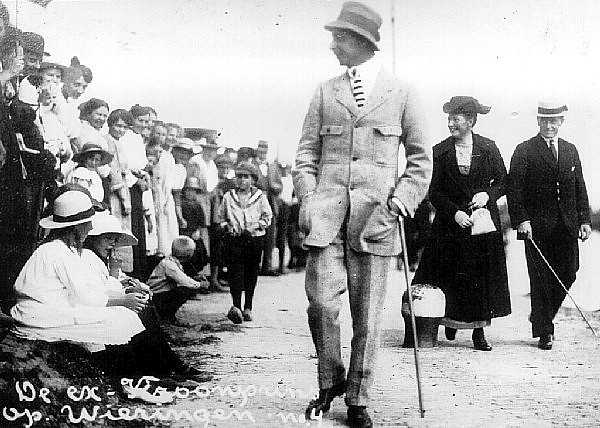
"Little Willie" tried to get popular with the locals.
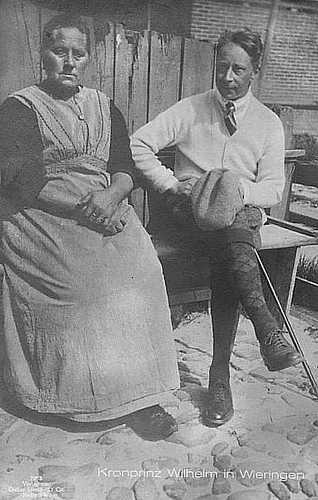
He made motorbike trips on the island.
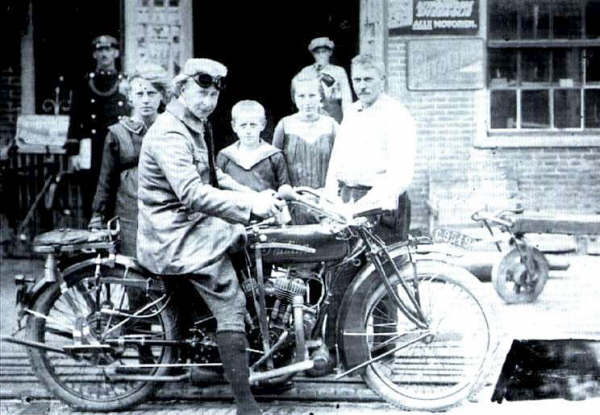
In 1923 the former Kronprinz himself decided to end his exile and he left Holland secretly for Germany. This videoclip ( 1 min. 29 sec.) shows his arrival in Berlin, where he was welcomed as a real war hero with a military parade with a lot of flags of the German Empire.
In Berlin he immediately started close relations with men like Hitler, Goebbels, and Göring. He hoped that the Nazi's could help him restoring the Kaiser Reich. After Hitler's definite refusal of restoration in 1935, he turned, dissapointed, his back to the Nazi's.
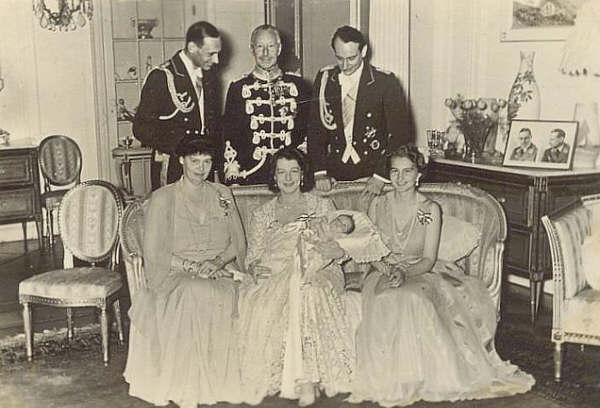
Wilhelm lived on in grandeur until 20 July 1951, when he died at 69 years old after a quick heart attack in Hechingen.
A 34 sec. videoclip of the funeral of the Crown Prince:

As we reach the Kronprinz's bunker nearer ...
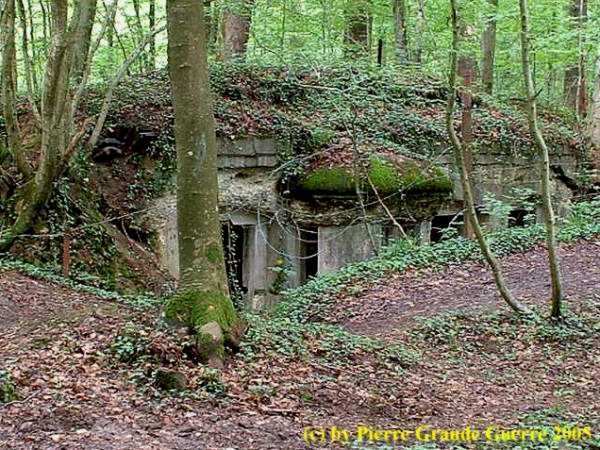
... we notice a detail, we have not seen at any other bunkers elsewhere.
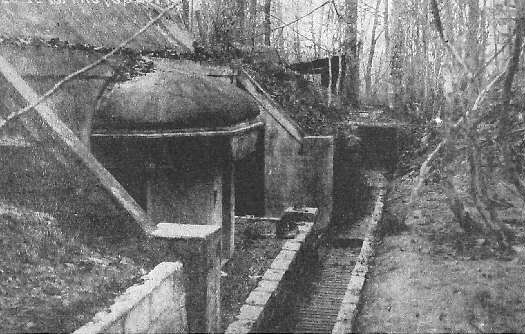
A bay window near the entrance with a roof of a half cupola.
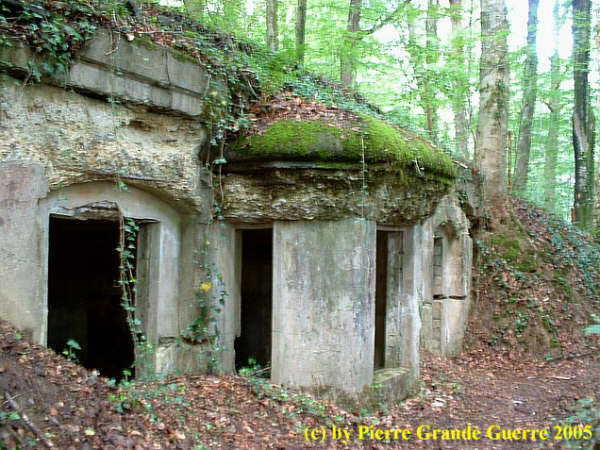
The interior: Little Willie had settled himself quite comfortably in this bunker.
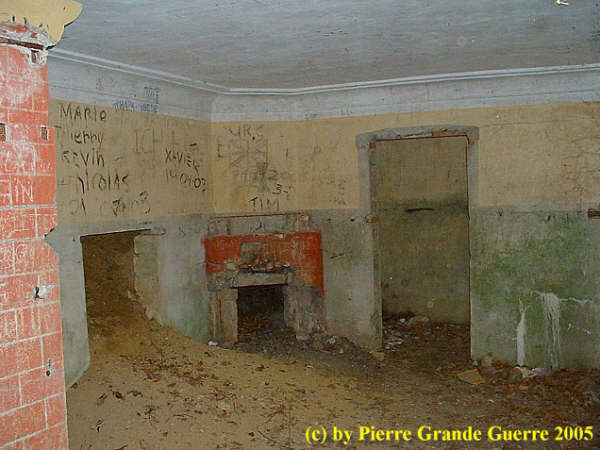
Besides 3 rooms for himself he had a comfy chimney, and a brick cupboard for a statue of a Madonna, and for a picture of his father, the Kaiser ( I suppose ).
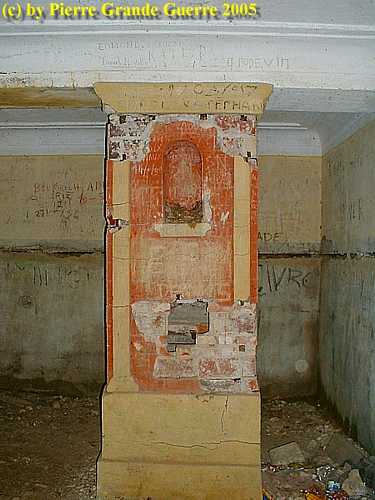
With this last picture we leave the Bunker of the Crown Prince.

Continue to : " ARTOIS - Illies - Wicres "










